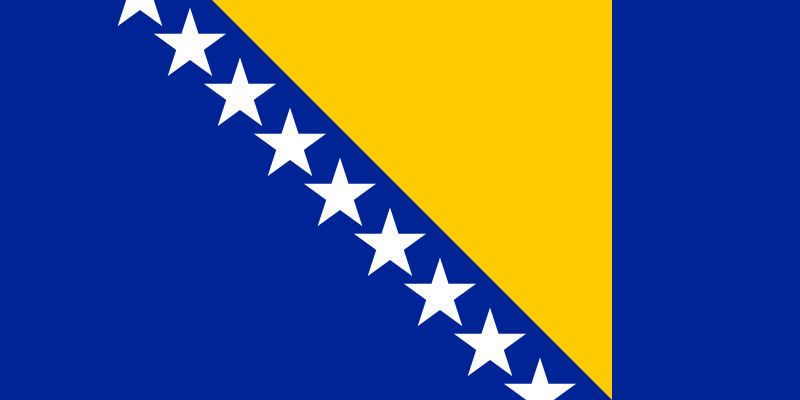Energy Efficiency in Public Buildings (for Republic of Srpska), Bosnia and Herzegovina
Beneficiary Country:
Type and/or measure of energy efficiency in buildings:
Short description of the overall project
The “Energy Efficiency in Public Buildings” (EEiPB) will promote energy efficiency and improve public services in schools and kindergartens by investing into energy efficiency (EE) measures including audits, supervision and other related activities. Co-benefits of the EEiPB are improvement of public services and reduction of poverty.
Energy efficiency improvements in buildings result in substantial social benefits, including improved comfort levels, such as higher indoor temperature, better lighting and indoor air quality, which can reduce occurrence of health incidences and enhance living and working conditions for the population.
These energy efficiency measures will help to address some of the key financial, informational, technical and capacity related barriers hampering scaling up of energy efficiency in the public sector, and strengthen the enabling environment for increased energy efficiency investments beyond the scope of the project.
About 30 public buildings(schools and kindergartens) in Republic of Srpska will be included in project.
Energy savings achieved / expected |
|
|---|---|
| Number of Houses | 30 |
| Other benefits achieved / expected |
- Increased comfort level of end users (children, pupils and teachers). - Decreased energy demand (the package of EE measures for buildings shall allow for at least 30% energy savings). - Reducing poverty, as at least 40 % of the rehabilitated buildings shall be located in governance units classified as underdeveloped or extremely underdeveloped. Furthermore, effort shall be made to include buildings from all regions of Republika Srpska within the project scope. |
| Financial instruments used / use of current financial mechanisms |
KfW and Ministry of Spatial Planning, Civil Engineering and Ecology (MoSPCEE)will implement the revolving financing model. According to this model, 50 % of the estimated annual energy cost savings provided by an energy audit in buildings rehabilitated by EEiPB will be captured for 10 years or until 50 % of the investment costs are recovered, whichever comes first. The captured energy cost savings will be reinvested to scale-up EE measures of the project in schools and kindergartens. For rehabilitated buildings under the entity budget, energy cost savings will be captured and allocated to MoSPCEE as part of the regular budget process to provide co-financing of EEiPB. These reflows shall be complemented by recurrent VAT refunds on eligible expenses of EEiPB. For rehabilitated buildings under municipal budgets, the municipality will be required to transfer an amount equivalent to at least 50 % of the estimated energy cost savings to the EE Fund in the form of annual repayments. The EE Fund will finance additional EE investments in schools and kindergartens using a similar revolving financing model. |



